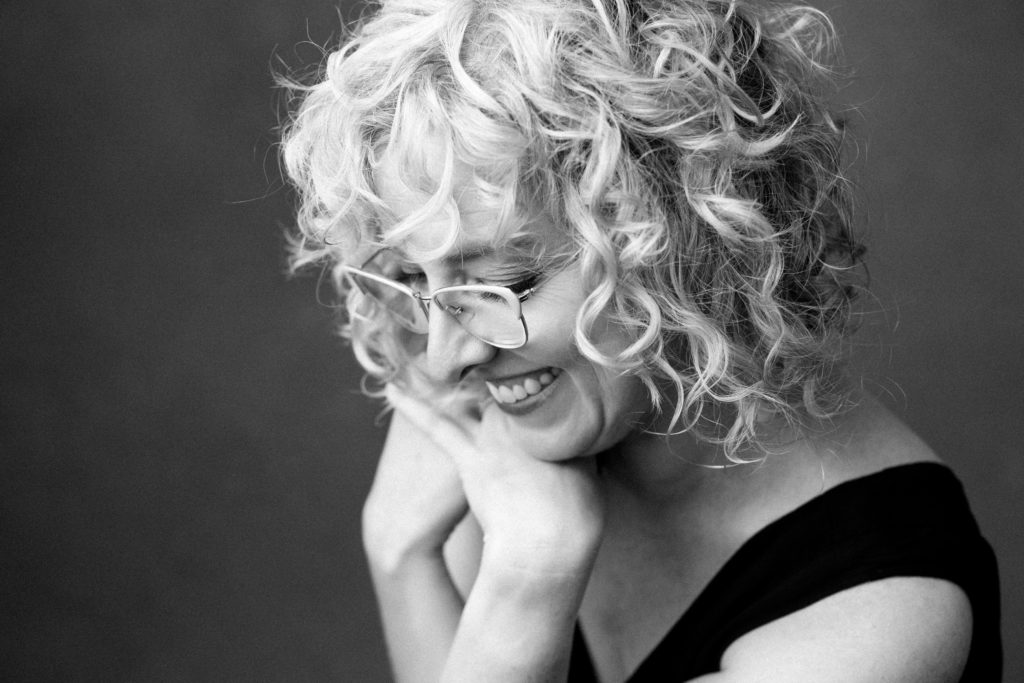
Three Misconceptions That May Be Hurting Your Business
I’ve been a professional photographer since 1999, and most of that time, I worked exclusively with natural light.
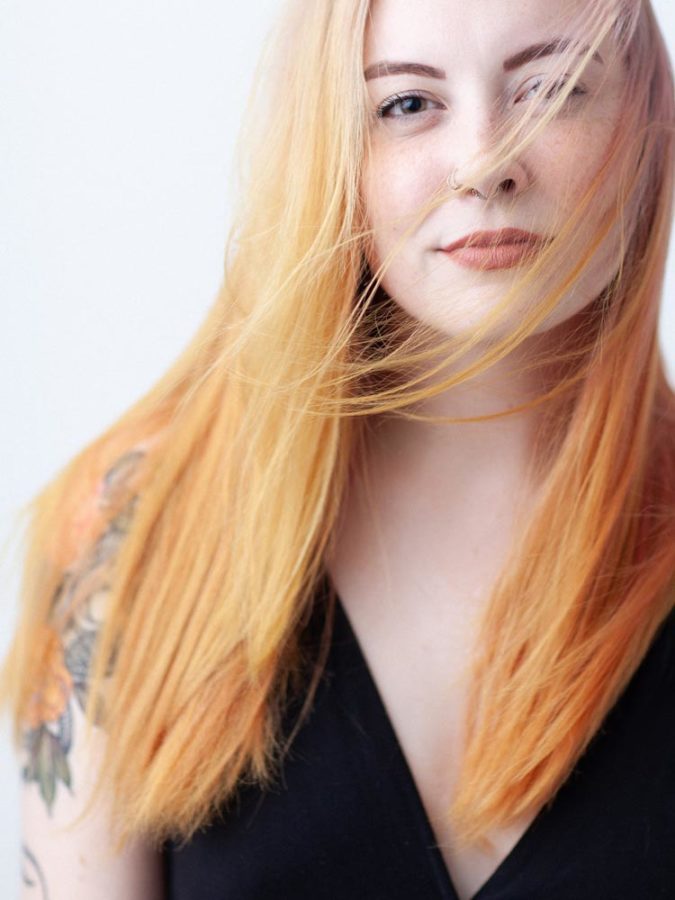
I told myself (and others) that I preferred natural light. It’s soft, beautiful and, well, FREE! But the truth is, I used natural light exclusively because I didn’t know how to create soft beautiful light with artificial light. And the thought of learning it scared me to death.
I had a lot of misconceptions about strobes and flash. And believing in those misconceptions did more than just keep me from learning to create my own light. Those beliefs hurt my business.
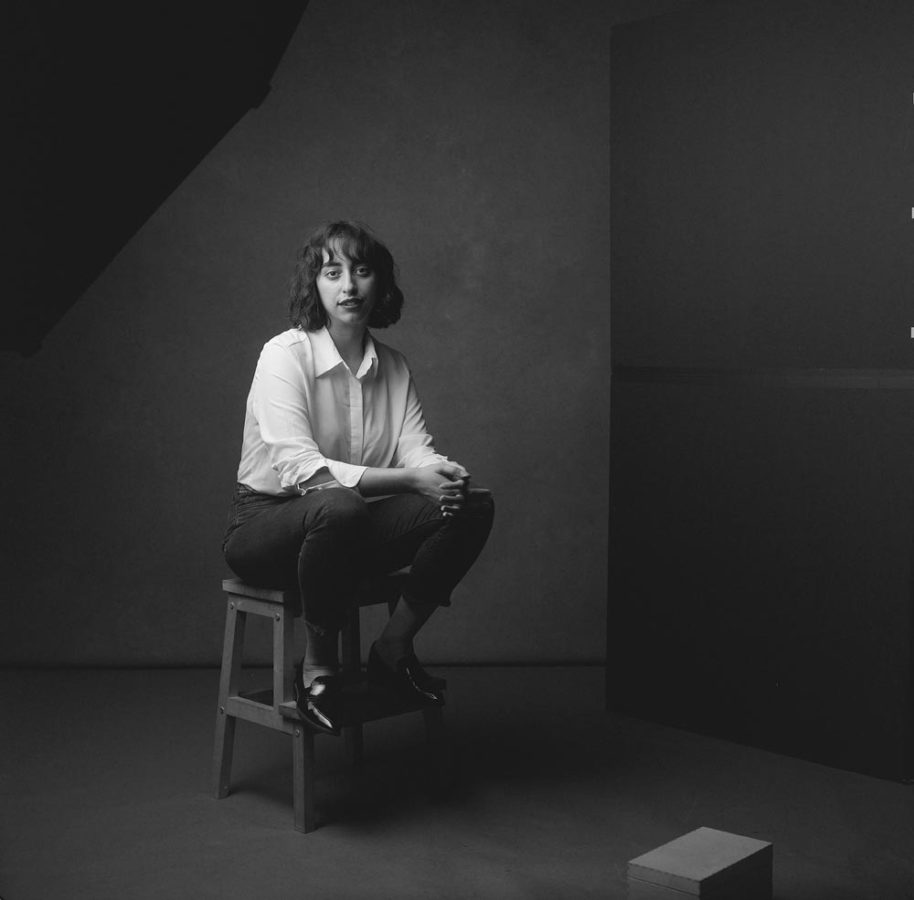
Let me explain.
To have a strong photography business you must have a solid photography brand. And to have a solid brand, your work needs consistency. Your clients expect and deserve to get the look and quality of the images you share in your portfolio and on Instragram. That means that you need to be able to produce the same quality photos every time someone stands in front of your camera.

When I worked exclusively with natural light I could create beautiful, award winning images, on bright and sunny days. But when the weather turned and that light went away, I couldn’t. Clients who came to me on sunny days got very different photos than clients who came to me on days that were dark. And as someone who lives and works in Seattle, WA, that was a problem.
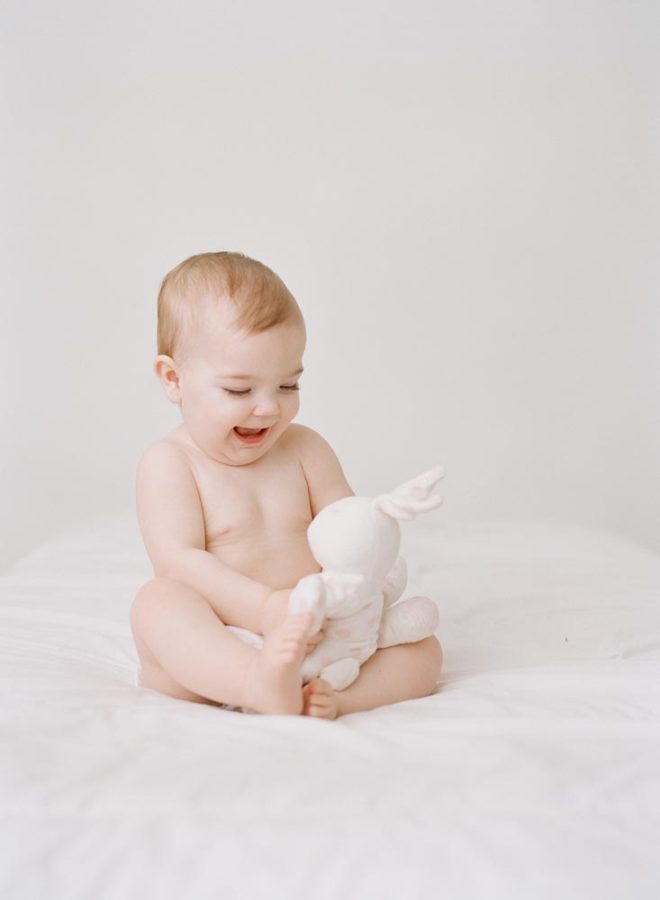
Winter months were filled with cancellations, re-shoots a ton of stress, and yes, unhappy clients from time to time.
I’m sharing this because I know I’m not alone. Many photographers rely exclusively on natural light for the same reasons I did. They have misconceptions about strobes and flash. And those misconceptions keep them from learning a skill that alleviates a lot of problems and stress!
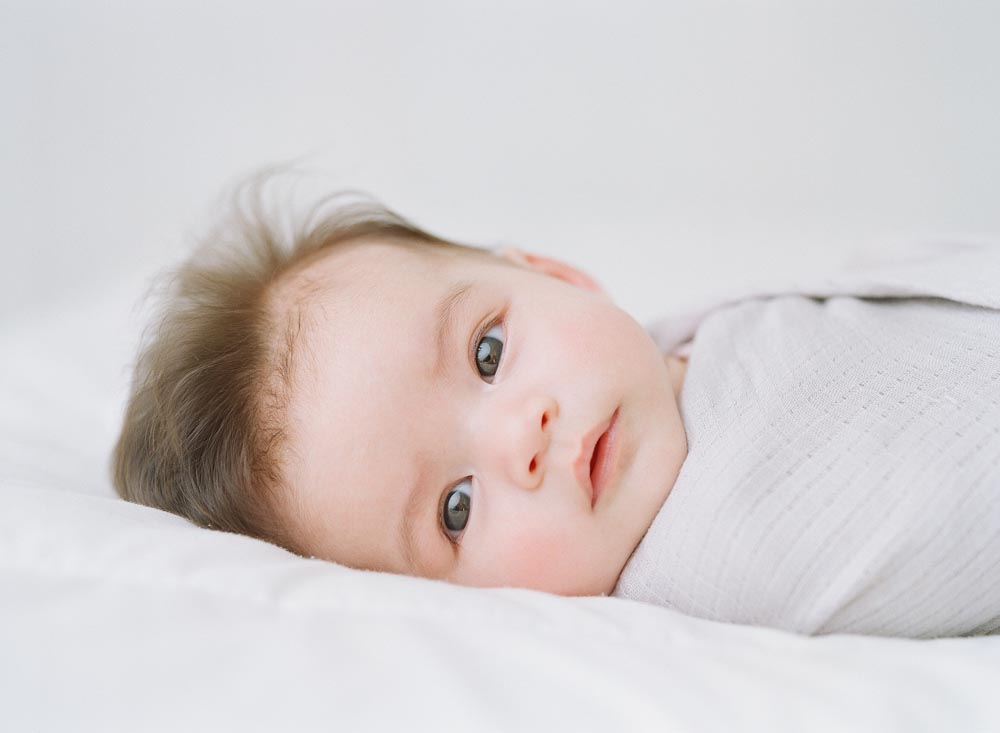
If this sounds like you, it’s okay, you’re not alone.
Let’s look at what some of the most common misconceptions about strobes and flash are and liberate you from those ideas!
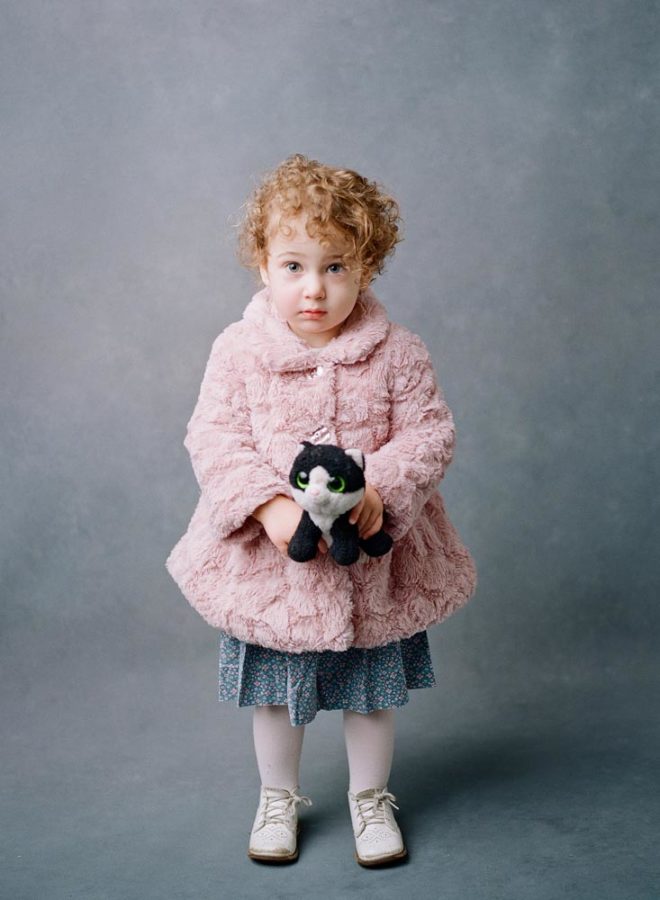
Misconception #1: Artificial Lighting Is Hard
It’s not.
In fact, you already know most of what you need to know to get started.
Why?

Because light is light. If you can work with the sun shining through a window, you can work with a bulb shining through a softbox.
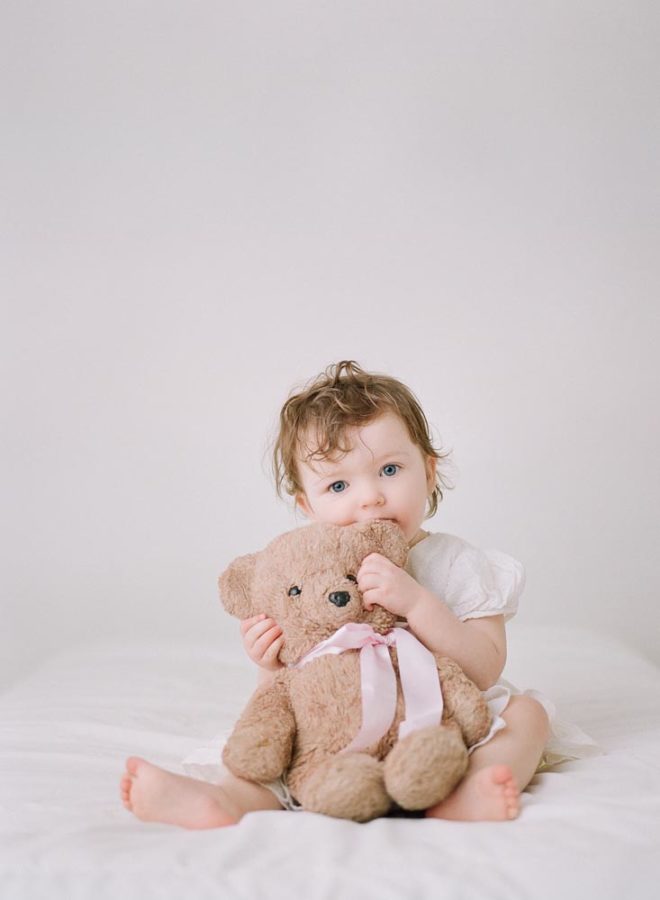
The same rules apply.
All you need to learn is a little bit about what equipment to buy, how to set it up and how to adjust the power on the lights to create the look you want. And all of that is pretty easy to learn. Trust me!
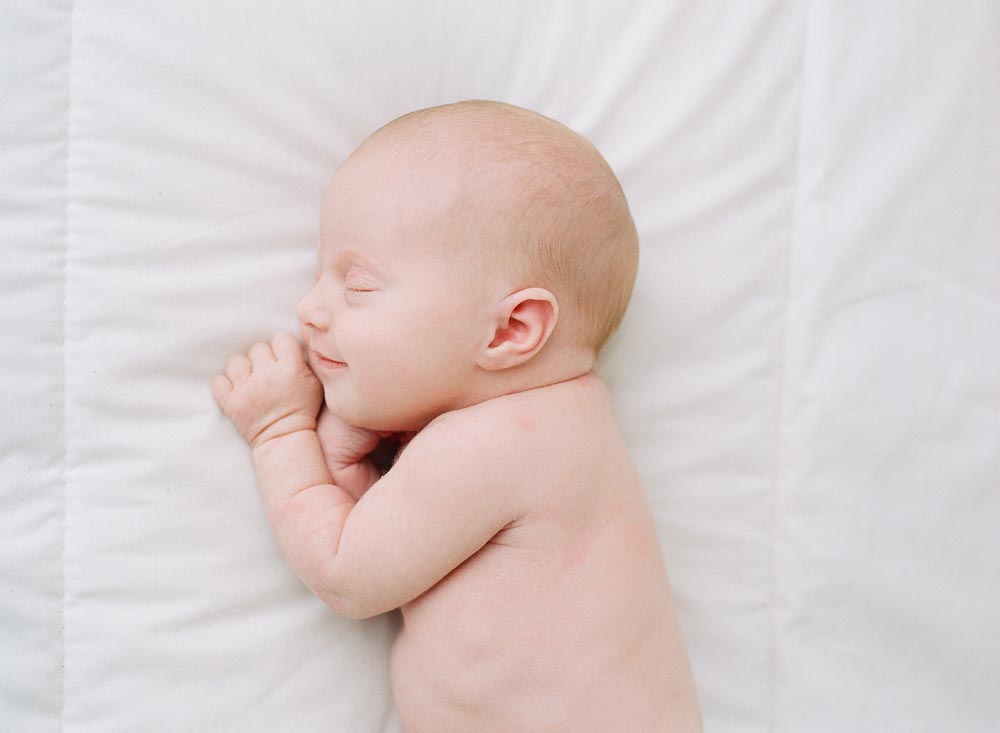
Pro Tip: Try to think of your strobe and softbox as a portable window—as in, think of how you would light your subject with window light and use your studio lighting setup in the same way.
Misconception #2: Artificial Lighting Is Expensive
It can be.
Where a lot of photographers go wrong is that they don’t know what they need, so they end up buying a ton of gear that they never end up using.
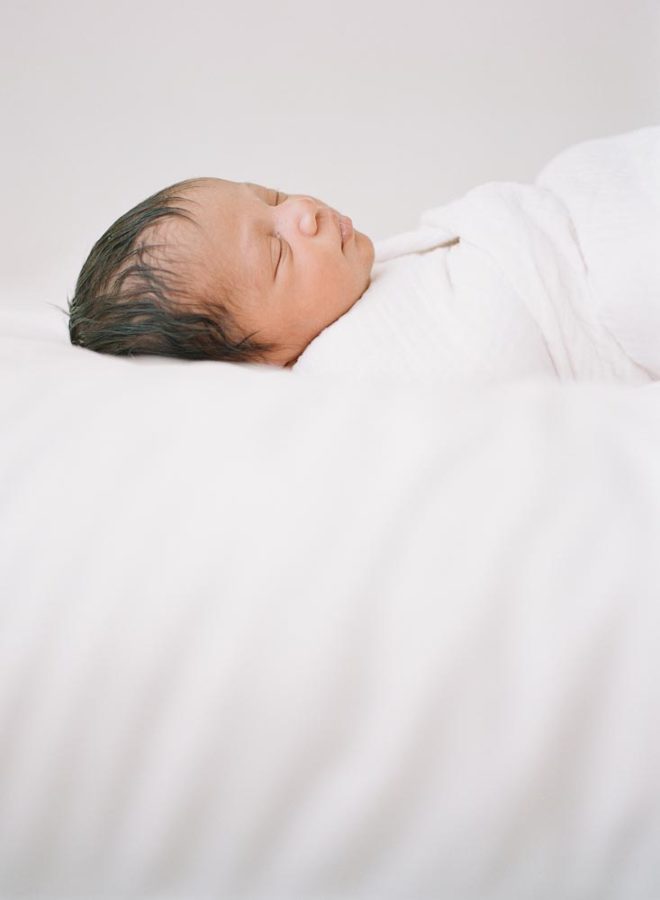
But when you know what each piece of equipment does, you get clear on exactly what you need to invest in to create the look you want. And that means you won’t waste your hard earned money on equipment you will never use.
Pro Tip: You don’t need a ton of gear to create beautiful natural looking light with strobes and flash. Everything I do is done with just one light, one stand, a modifier and a set of triggers and receivers! That’s it! And the first lighting set I invested in was gently used equipment and cost me under $300! Compare that with what you paid for your camera and you can see that lighting equipment isn’t that expensive after all!
Misconception #3: Artificial Lighting Is Ugly
Once again, it can be.
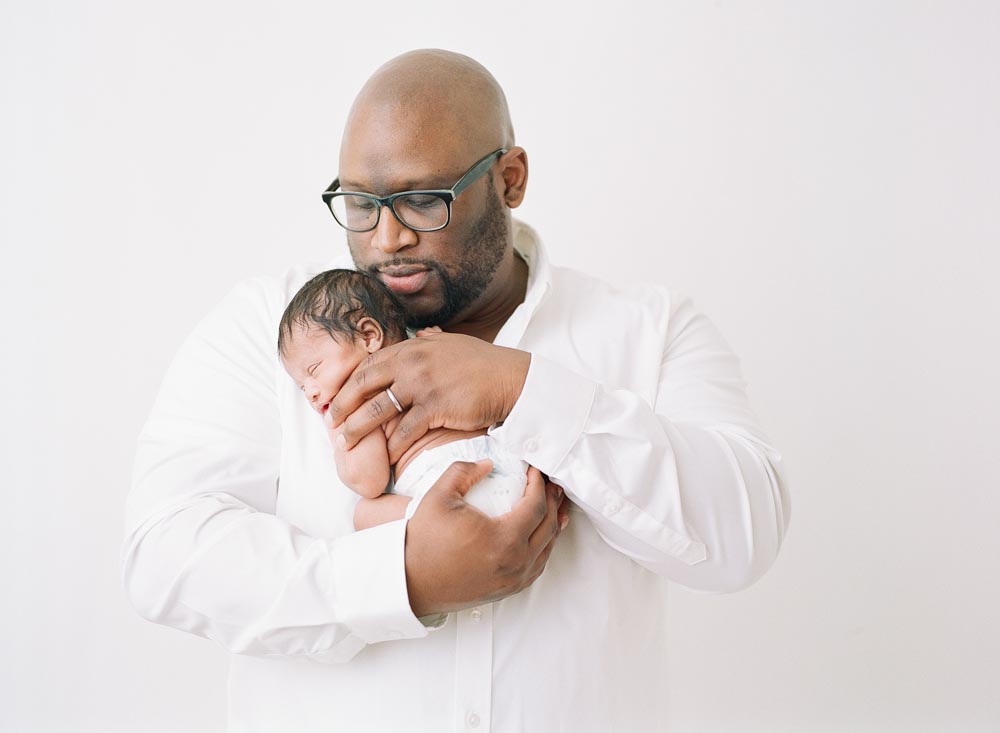
We’ve all seen images taken with artificial light that look harsh and “flashy.”
When done right, however, strobes and flash can look as soft and beautiful as window light. The key to getting that natural light look is learning to meter and control the power on your lights. It really is that simple!
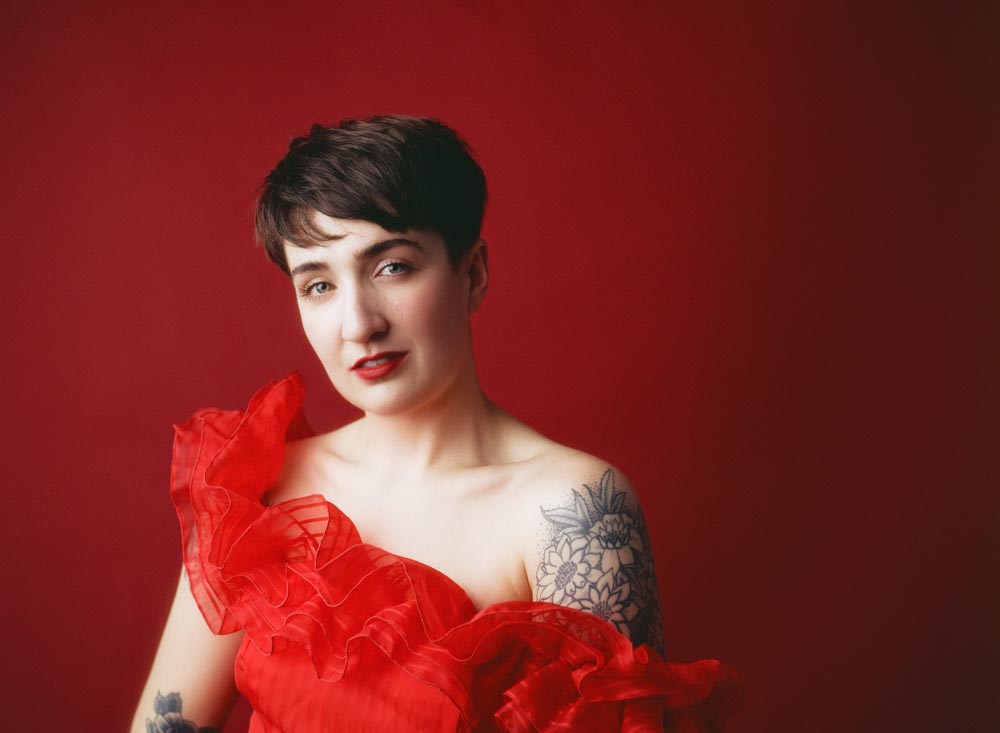
Pro Tip: If you are going to be shooting with off-camera lighting, be sure to check your camera’s sync speed—that’s the fastest shutter speed recommended for your camera when working with a flash of any kind. Exceed your camera’s sync speed, and you’ll end up with a black “shadow” across your image. And nobody wants that.
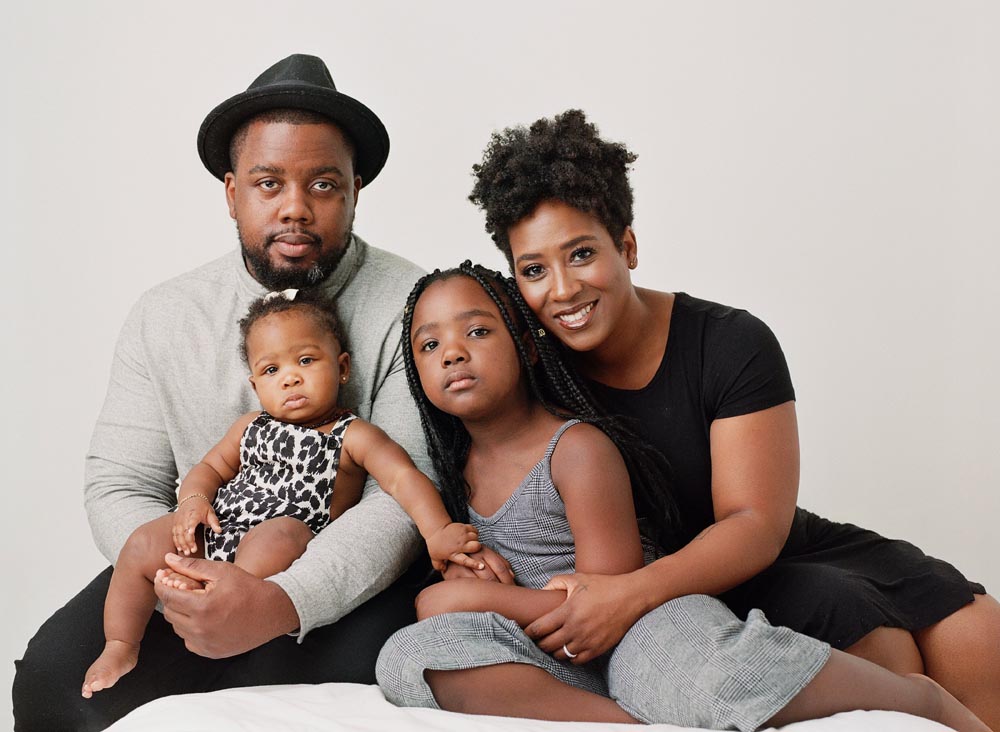
For more information on getting started with strobes and flash, download my free guide to getting started. And be sure to check out my new book, Crafting The Natural Light Look: The One Light Approach To Creating Striking Portraits with Strobes and Flash.
Sandra Coan is an industry educator, author and award-winning newborn and family photographer specializing in studio portraiture, artificial lighting and fine-art film photography. You can keep up with her on Instagram, Facebook, Pinterest, and YouTube.




